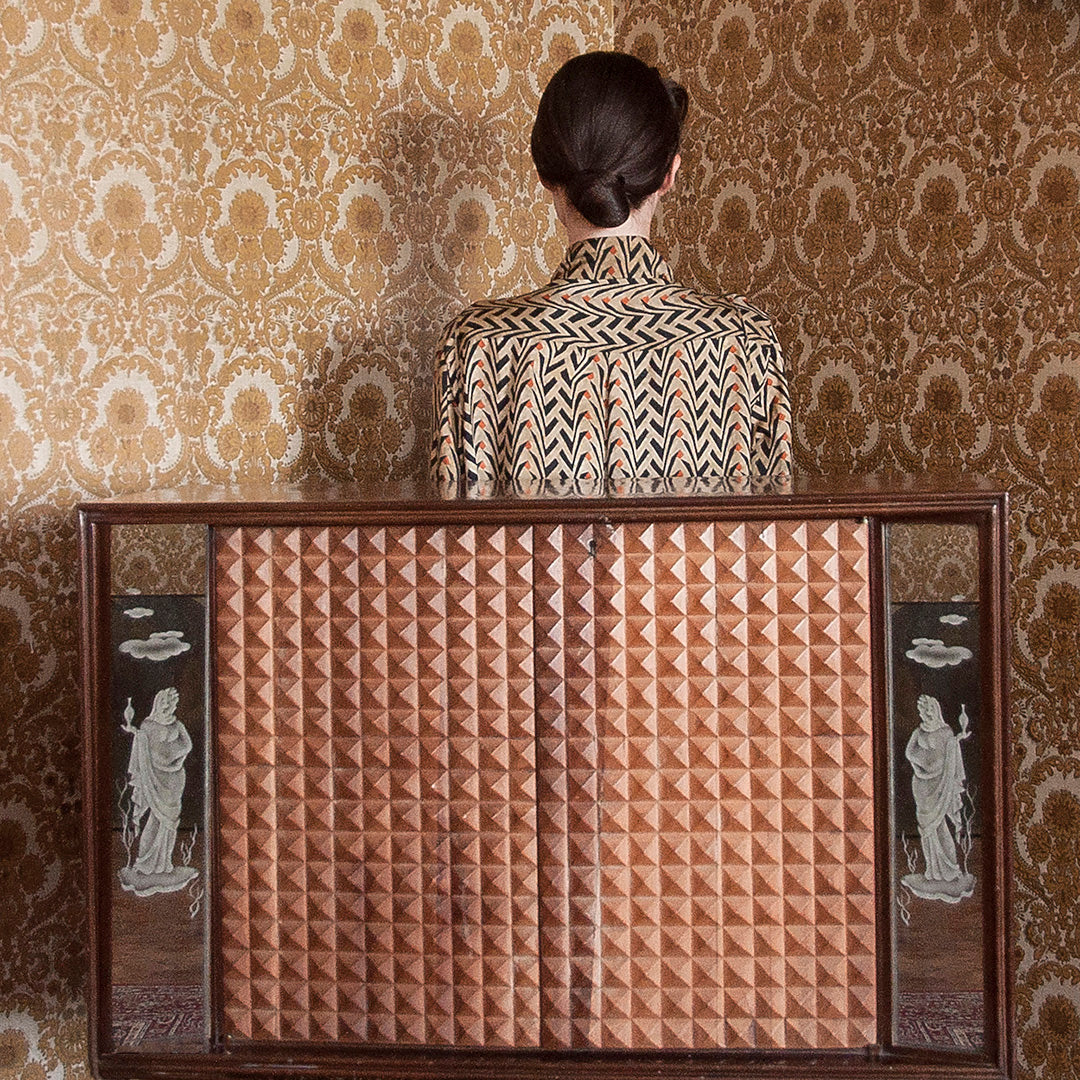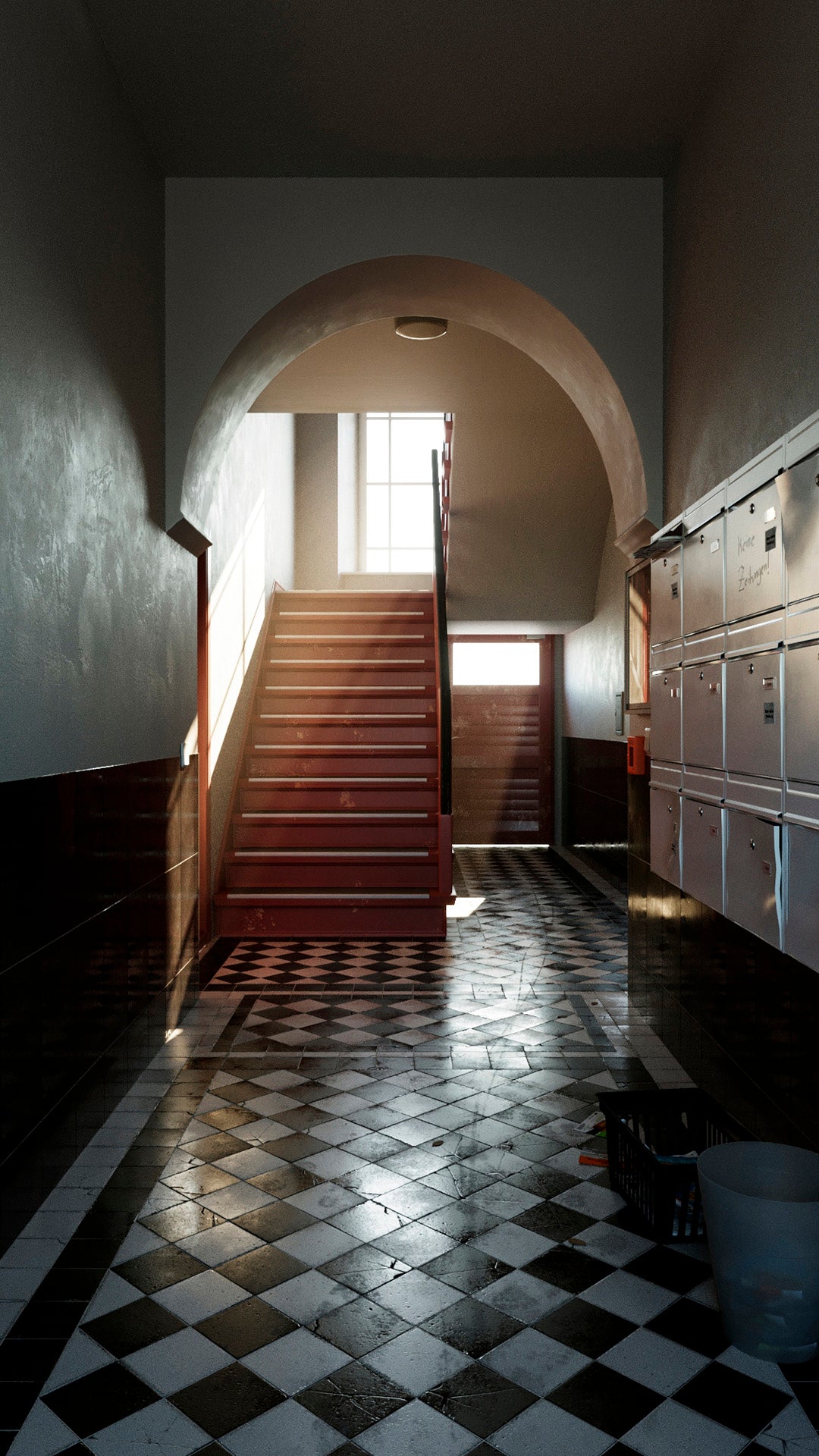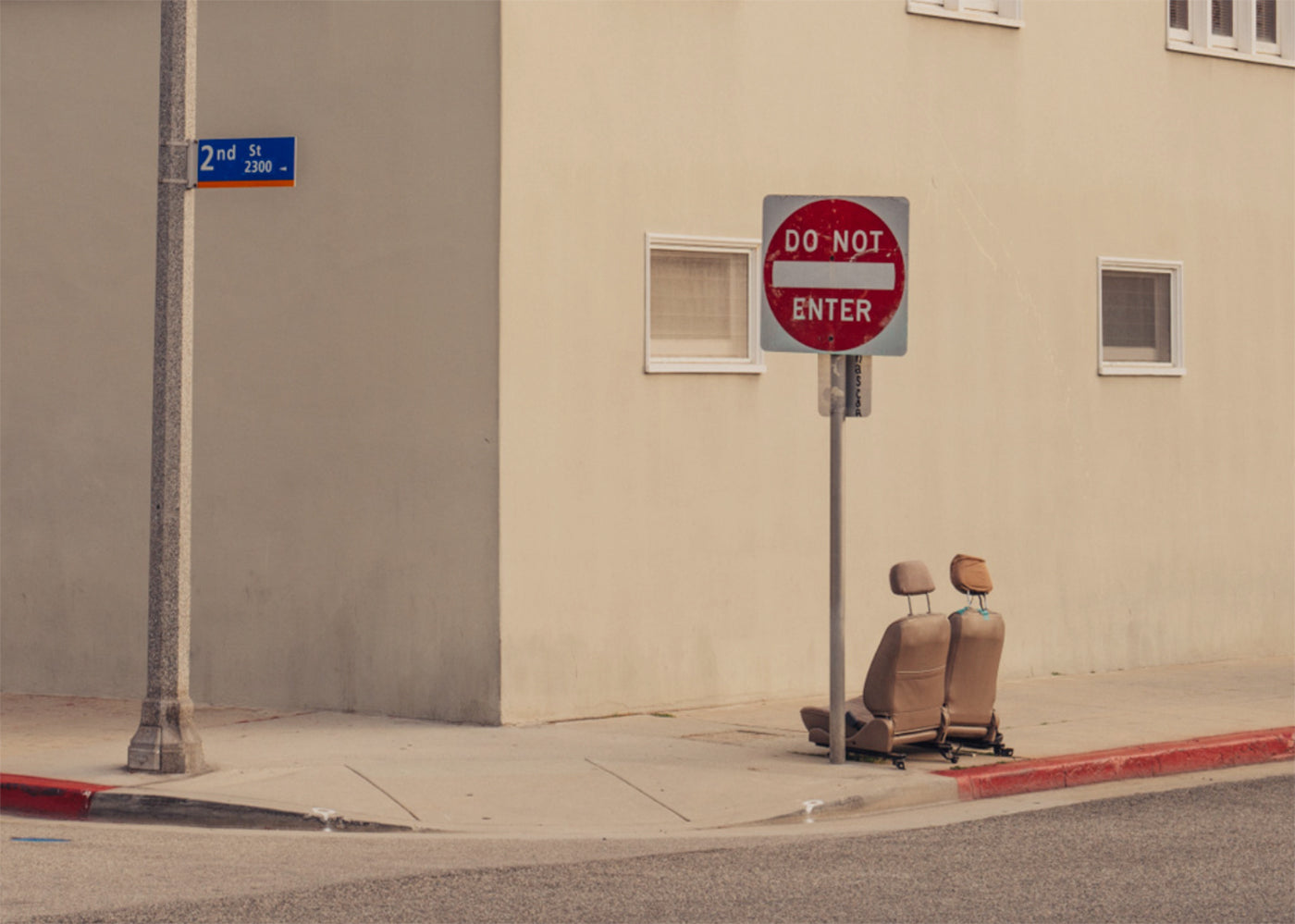
Street Contemporary
Vancouver-born photographer Vishal Marapon talks us through a term he's coined to describe the nature of his photography
Recording and compressing mystical frozen moments to indicate the strangeness of time whilst also portraying metropolis spreads as deserted ghost towns, Vishal Marapon delicately captures the city in harmonious silence and empty of human life.
Depicting and interpreting the beautiful and ugly humanness of modern cities in a visual calmness that shows New York, Los Angeles, and Vancouver as desolate landscapes, Marapon says his style of shooting is 'Street Contemporary.' It is a style that works to capture mirror images of society that bind elements of contemporary and fine art.
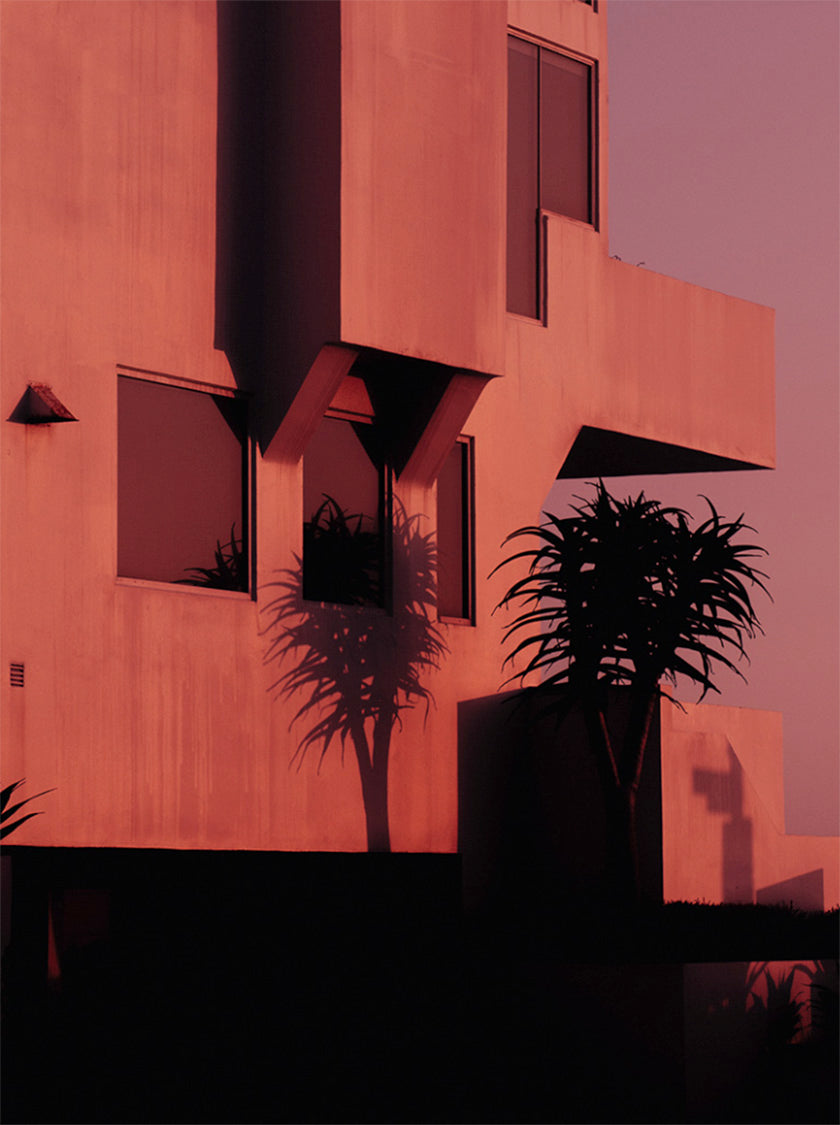
A fuse of street photography and art, Vishal Marapon's style is influenced by his hometown and its landscapes.
Raised and educated in Vancouver, Marapon is a graduate of Film and Video at Emily Carr University of Art + Design. "Not quite a fine art degree but it gave me certain skills and critical thinking about my process," he tells us. British Columbia and its close proximity to nature have been great sources of inspiration—this trait of wandering and connecting to the surrounding still life can be seen in his approach to photography.

His style of imagery often seeks to find a moment barren of humanity but rich with content.
He began working in film sets but was never fully satisfied, the lack of control was something he grappled with and ultimately lead him on a different route. Marapon stepped away and began to research different methods for his art. Street photography was a medium he was instantly drawn to.
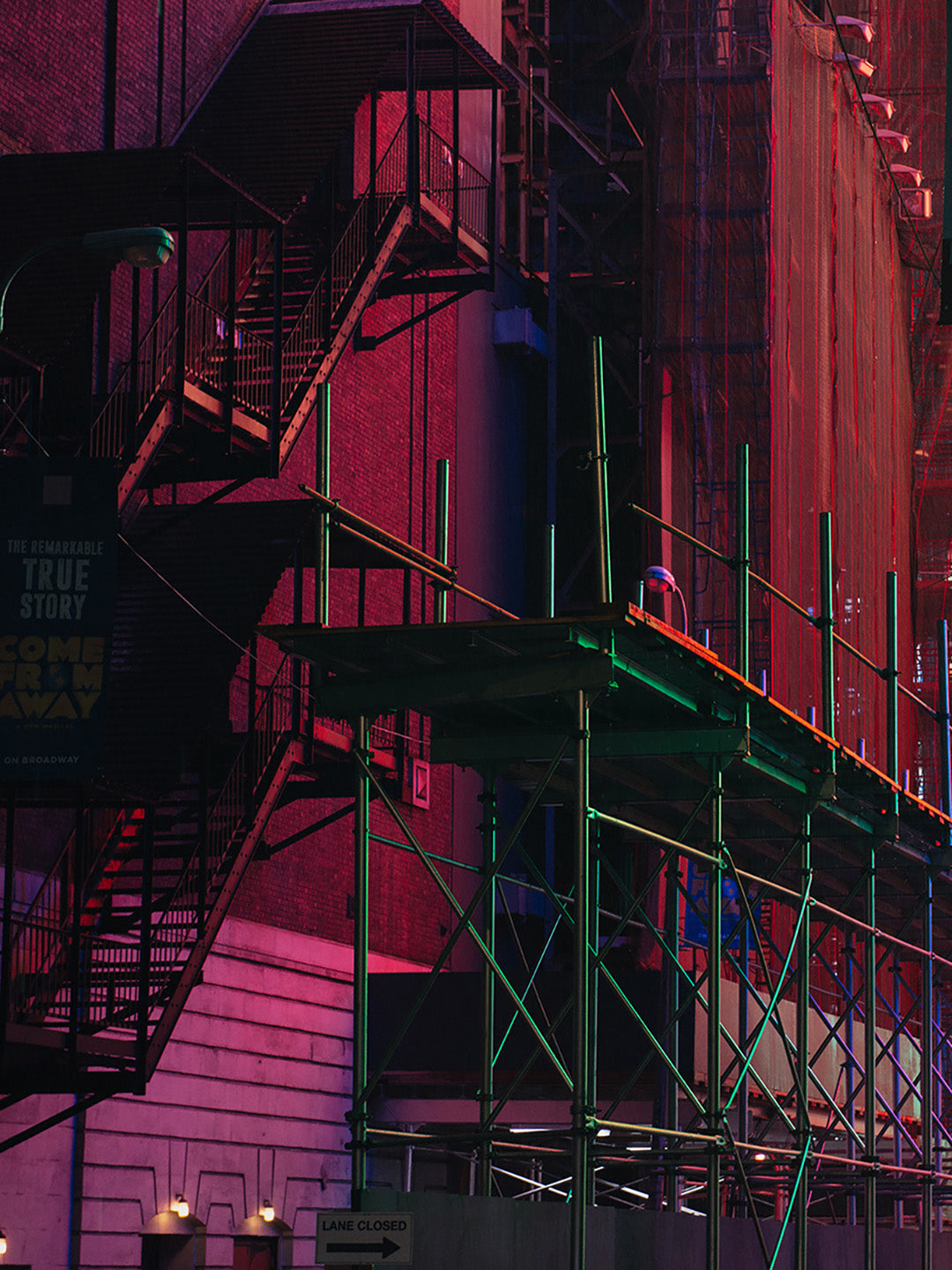
'Two Bridges' from Marapon's series that focuses on New York City.
What interests him about this style of photogrammetry is "being out there with no control of your environment, from your subjects, the light source, and the spot you're in," he tells us. For him, it is "exciting and challenging, and it’s always a great feeling when you do capture something you're very happy with."

Documenting the big and small moments of life, while showing varied views of society to shape the way we see modern society and city life.
Dividing his time between personal and commercial projects, Marapon made his gestalten debut in Delicious Places earlier this year. He perfectly photographed the mid-century charm of Tacofino Oasis in his hometown. The restaurant decor and interior play on the lavish style of Mexican resort towns that flourished in the golden years of Hollywood eliteness between 1940-50s.
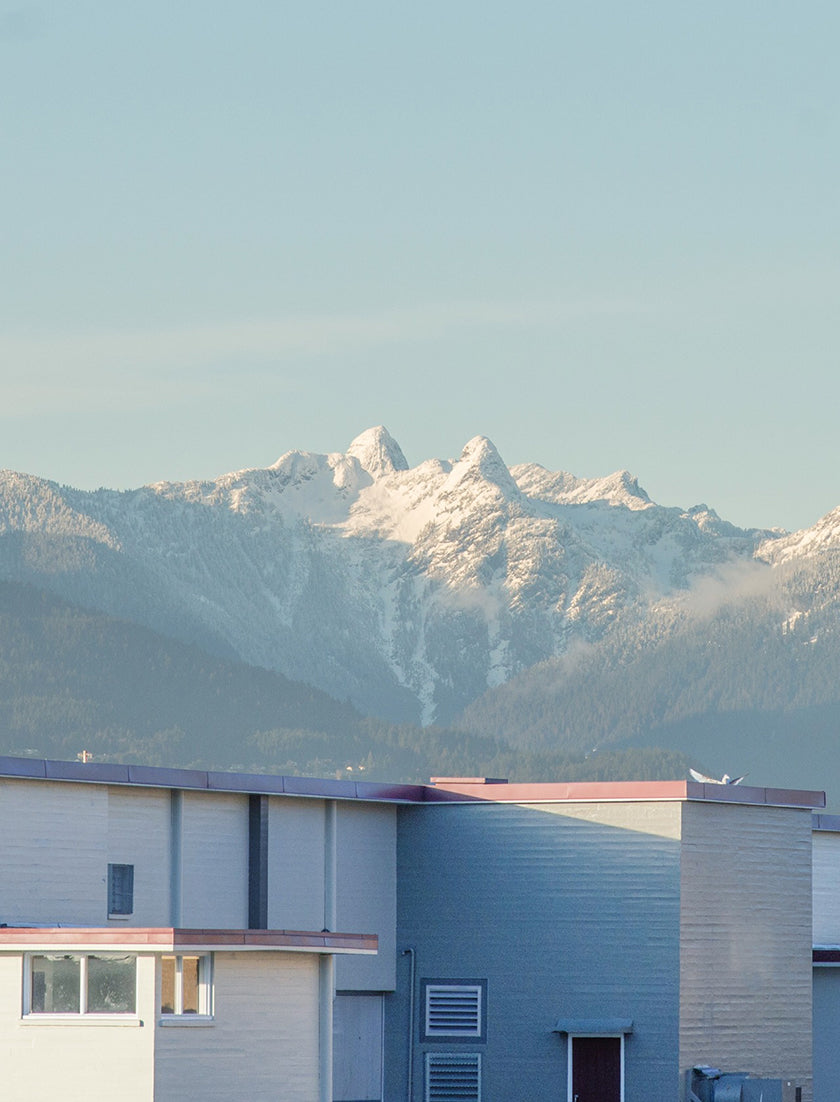
The snow-capped North Shore Mountains as seen within Vancouver.
His photography ushers us into a world of color that is astray from what most see day-to-day, grabbing onto changing pastels and tones in a style reminiscent of the Americana era. Cinematic and hyperreal street photography that plays with the composition of different everyday shapes against architecture, alluding to a motion picture location.
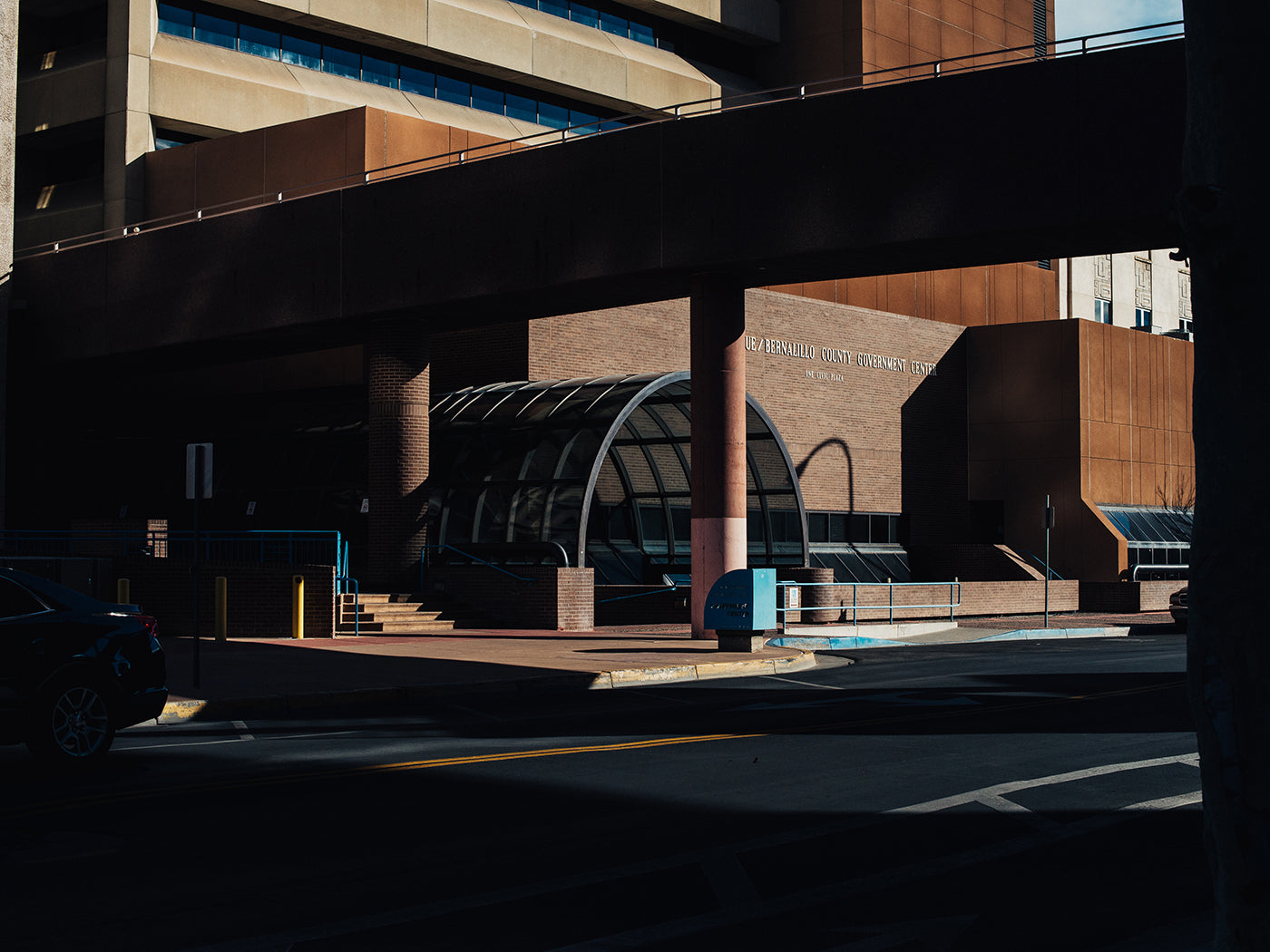
The long shadows left by the summer sun in Albuquerque void of human life, Marapon captures the city in a movielike quality.
Rich in content, often with enough detail that it could be passed off as an oil painting, he tells us: "I've always looked at the body of my work as a journal and a process and it’s a way for me to share how I view things, and what I find beautiful." A man that can capture plenty by shooting so little, his manual dexterity creates an image of a different era or an exaggerated deserted reality.


